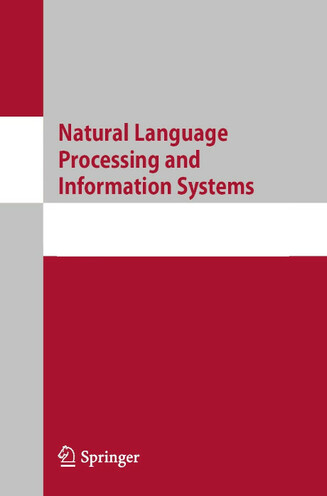THE SPIRIT SPATIAL SEARCH ENGINE: ARCHITECTURE, ONTOLOGIES AND SPATIAL INDEXING
ABSTRACT
The SPIRIT search engine provides a test bed for the development of web search technology that is specialised for access to geographical information. Major components include the user interface, a geographical ontology, maintenance and retrieval functions for a test collection of web documents, textual and spatial indexes, relevance ranking and metadata extraction. Here we summarise the functionality and interaction between these components before focusing on the design of the geo-ontology and the development of spatio-textual indexing methods. The geo-ontology supports functionality for disambiguation, query expansion, relevance ranking and metadata extraction. Geographical place names are accompanied by multiple geometric footprints and qualitative spatial relationships. Spatial indexing of documents has been integrated with text indexing through the use of spatio-textual keys in which terms are concatenated with spatial cells to which they relate. Preliminary experiments demonstrate considerable performance benefits when compared with pure text indexing and with text indexing followed by a spatial filtering stage.
Statistics
Web of Science Times Cited
57

